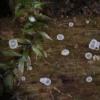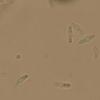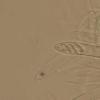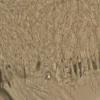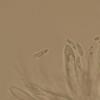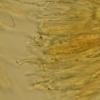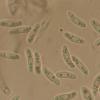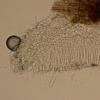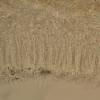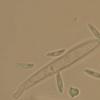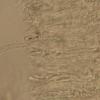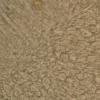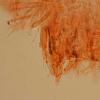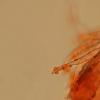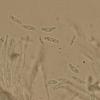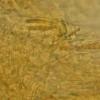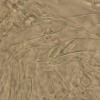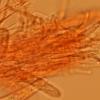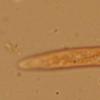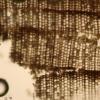
08-12-2025 17:37
 Lothar Krieglsteiner
Lothar Krieglsteiner
20.6.25, on branch of Abies infected and thickened

16-01-2026 00:45
Ethan CrensonHi all, On decorticated hardwood from a New York

10-01-2026 20:00
Tom SchrierHi all,We found picnidia on Protoparmeliopsis mur

13-01-2026 07:28
 Danny Newman
Danny Newman
Chlorociboria glauca on indet. decorticate logThe

15-01-2026 15:55
 Lothar Krieglsteiner
Lothar Krieglsteiner
this one is especially interesting for me because

13-01-2026 08:43
 Danny Newman
Danny Newman
Tricladium varicosporioides on indet. decorticate

07-01-2026 22:22
 Danny Newman
Danny Newman
Tatraea sp. on indet. hardwood The Swag, Great Sm
 Hello,
Hello,I´m hesitating here between H. spiralis and H. tigillaris. The fungus was collected in a wet and cold place in Moravia, on decaying stem of Picea (which is also inhabited by e.g. Henningsomyces candidus and the moss Buxbaumia viridis).
Ascospores (8) 10 - 12 (12.3) × (2.5) 2.6 - 3.2 (3.4) µm, Q=(3)3.2-4.3(4.7), Me = 10.9 × 2.9 µm; Qe = 3.8, usually one-celled, but occasionally 1-septate.
Asci without croziers, 52.9 - 72 × (7.5) 7.53 - 8.9 (24.9) µm, IKI+.
Hairs up to 62 µm long, smooth or bearing large "bubbles", often bent.
The spore size and guttulation (judging from a few available sources showing living elements) fit H. spiralis. Size of asci fits better H. tigillaris (according to the data in the monograph). Also the not-dextrinoid hairs would fit H. tigillaris. The substrate is more typical for H. tigillaris, although H. spiralis can occur on conifers too.
Thank you for your advice, Zuzana




